2 Keys to Resale Success
June 21, 2023
Listen to my voiceover here.
This post is directed towards two key functions at organizations: Finance and Marketing. In my years of experience, these two teams are hugely important to the success of any brand’s resale program.
Landscape and Alignment
The resale landscape is shifting frequently with new and improved ways to bring consumers and brands into the resale industry. With this shift, many brands with established resale programs are looking around and wondering how their programs compare to others, and how successful they are. I’ve heard grumblings that resale is not ‘as profitable’ as expected. What were the brand’s original expectations? If they were sold the story that resale requires almost no lift and will be a profitable revenue center from the get go, their expectations are unrealistic. If brands hopped on the resale band wagon because it seemed like something fun to test (especially as a new revenue stream), but didn’t see it as a mid or long-term strategic move (with a strategy to accompany it), they have some steps to take to set it up for success.
Resale is not magic, but it is a long-term revenue, customer and sustainability builder IF the brand is willing to put the work in.
This means getting teams aligned and onboard and clearly communicating that resale is one of their priorities that requires attention. I regularly speak with finance teams who don’t know how their resale program works (because they were not brought into the process), let alone how to account for it. I’ve met many marketing teams who struggle to tell the story of resale, either because they don’t fully understand it (and therefore are unsure of how to speak to it) or they are not getting the message from leadership that it’s an important story to tell. I don’t share this in an accusatory tone, I believe teams follow leadership’s priorities, so if a company has launched resale without clear goals or a strategy, it’s likely that there isn’t alignment on the why and the how.
On the Finance side:
Accounting for a resale program is not the same as accounting for a standard manufacturing + retail business. In the same way that businesses take time to become profitable, so does resale, and the measurements of profitability are not identical to a full price business.
I’ve seen different financial approaches across different brands. I encourage finance teams to work with curiosity and flexibility towards figuring out how to make sense of resale’s expenses and revenues.
The cost of goods for resale may include:
how much the brand paid to get it back (whether from the customer or a textile recycler) and whether they paid cash or store credit
it’s worth noting that this could potentially live in the marketing budget instead of the resale program’s P+L because it brings customers to the brand’s stores and website which is the goal of marketing as well
freight/shipping label
cleaning or repair costs incurred before putting it back up for sale
per-item listing fees charged by your service provider that include photos and a condition description
The revenues may include:
revenue from resale purchases
revenue from gift card upspend (when sellers receive their store credit, they tend to come back and spend 1-2x with the brand)
The resale process and supply chain is a departure from our normal way of doing business and requires a new mindset when evaluating its success.
One common misstep and solution:
Misstep: accounting for resale as if it were a new product and holding it to the same standards as a new product line. Resale requires a different type of participation and understanding from customers, and it also takes time to build momentum.
Solution: I suggest a dual approach. First, I highly recommend finance teams putting resale in a ‘special’ or ‘innovation’ budget so they can flex on the normal framework and give it some time to mature. Second, I believe setting up an accounting framework with multiple inputs or facets is crucial for resale, meaning beyond revenues and expenses, resale’s success should also include a direct measurement of customer loyalty on a regular basis.
On the Marketing side:
Marketing is one of the most powerful tools available to brands to build their business and create their brand identity. Any brand with a resale program needs the full buy in and support of the marketing team. The marketing team is the main team communicating with a brand’s customers, and resale programs are highly dependent on customer awareness and participation. Resale can be a strong contributor towards marketing’s goals if the team understands how it works and how to leverage it in their work.
Here are the ways resale can drive towards marketing goals:
resale brings in new customers to the brand through lower prices and customers shopping their values (and remember, customers are already out there shopping for used items on Poshmark, ThredUp, etc, just not directly with the brand)
resale brings back lapsed customers (to sell their product)
resale builds loyalty with existing customers
resale is a brand builder, creating additional value for customers and inviting them to actively participate in new ways with a brand
resale is a perfect way to build inroads with younger generations
One specific example of leveraging resale towards marketing goals: customer acquisition. In a retail business, a brand sells their product and they have a whole marketing function to bring in new customers. The brand probably has a separate budget to buy email lists to try to get new customers. Alternately, resale naturally attracts new customers to brands, and brands could add “resale new-to-brand customers” as a KPI (key progress indicator) alongside the email list KPI. In my experience, resale brings in a new customer that is interested in a brand but hasn’t made a purchase yet. Whether they purchase because of the lower price or their values (or both), it is a powerful tool in customer acquisition.
One common misstep and solution:
Misstep: not sending regular resale-themed full file (or even segmented) emails to full-price customers. If a brand is not willing to talk about resale to their customers, how can they expect them to know about it? And, if the brand is so nervous about cannibalization that they refuse to send the email, why did they start a resale program to begin with? We have seen that it does not cannibalize full price sales, but resale seems to really hit a major point of anxiety for those who are responsible to anniversary and grow sales plans year over year. If leadership hasn’t made it clear that resale communications are a must, the marketing team will stick to their plans to drive sales of full price product.
Solution: Resale is a part of a company and brand; it underlines the brand’s value proposition to their customer: that they make a quality product. The leadership team needs to fully support the resale program internally and give straightforward, related goals to their marketing teams. Brands need to embed it into brand marketing as an evergreen story that highlights the quality of their product. They can give it a weekly mention / footer, a monthly dedicated email and tie it in with other key full-price stories. For example, “Our new Flora dress is a classic in the making. We love it so much that when you’re ready to part ways we will buy it back from you for store credit to buy your next favorite dress.”
Profitability
Is resale profitable? I’d give a solid YES, but it also depends on how brands look at it. Is the trade-in gift card a cost of the program or is it a marketing expense for the company since it brought customers into stores consistently? What are the new-to-brand resale customers worth to the company as they become full price, loyal customers? How do brands account for the ‘feel good’ aspect they give their customers when bringing clothes back for store credit after using and enjoying them for as long as they wished? One major goal of a retail business is to get as many people as possible to become long-term customers, and brands do that through making a great product and building trust with their customers. The assumption is that customers are supposed to be buying new, new, new, but what if they are buying new, used, new, used? They are still a loyal customer (and spoiler, they are already buying a brand’s product used, just not from the brand). We need a new P&L template for resale and reuse programs that reflects the pride and trust they build, the new and loyal customers they delight, the environmental sustainability they underline- and of course the revenues they bring in.
One last common misstep and solution to underline:
Misstep: a brand’s leadership team hasn’t fully bought into resale, and/or they haven’t clearly shared that it is a priority and needs attention. This will have deep and detrimental consequences for the resale program’s success. Teams will not take it seriously and will keep it at the bottom of their priority list.
Solution: pre, during and post-launch leadership needs to communicate internally about the importance of the brand’s resale program. All teams, but especially Marketing and Finance should have meetings to a) understand the resale program and how it works, and b) create measurable goals for the program. During the early months of a resale program, leadership can host a monthly meeting to check in on the status of the program which can later be moved to quarterly.
Tools
Below are 2 tools to help brands measure success of their resale programs.
First, here is my ever-expanding slide on Circular Benefits. Brands can use this to create a unique set of measurable KPIs for their resale programs.
Second, here’s the Return on Sustainability Investment framework that NYU Stern created a few years ago while I was working at EILEEN FISHER, INC. NYU Stern partnered with a few organizations to help build and test this framework that puts a monetary benefit on sustainability initiatives. It’s a data-based approach to addressing sustainability return-on-investment to share with your teams.
I hope this was helpful - please let me know if you have any feedback.
Practicing the circular economy is evolving and progressing all the time!
Thanks,
Cynthia


